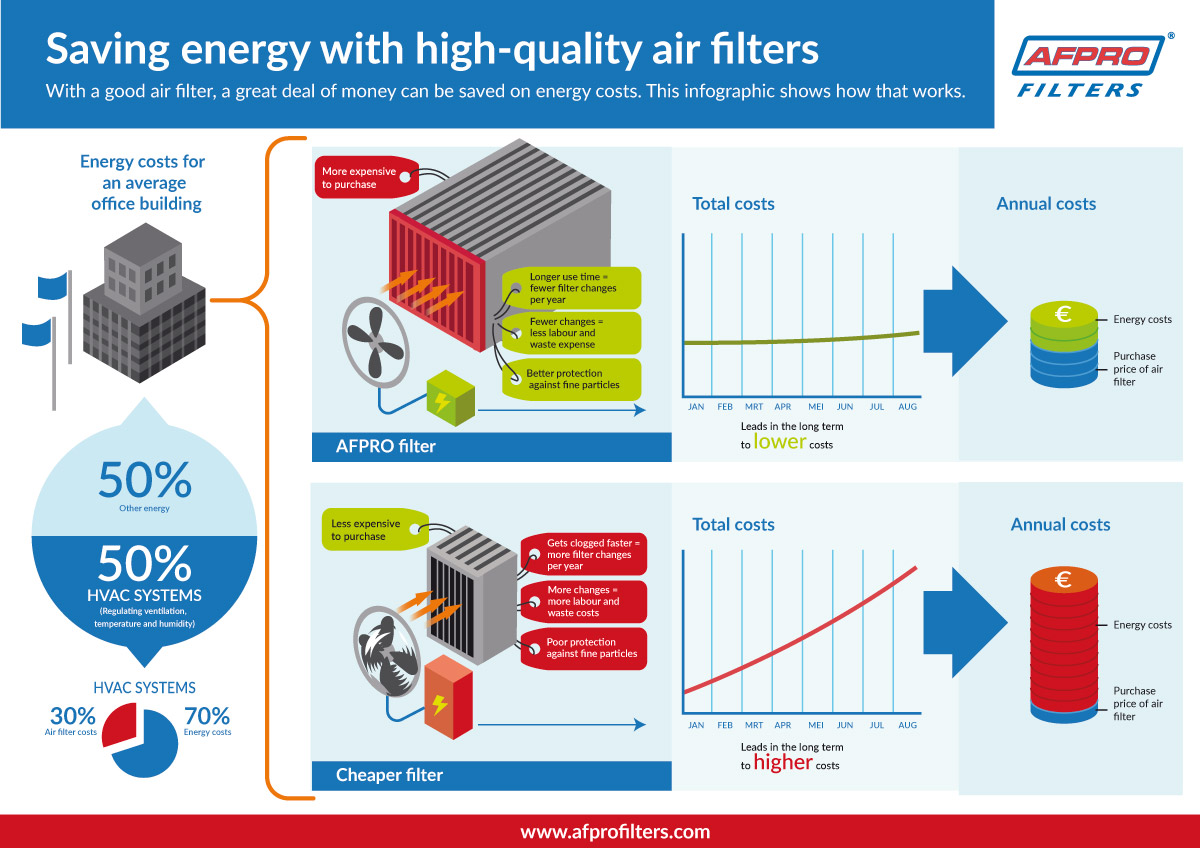The Ultimate Overview To Comprehending Warm Pumps - Exactly How Do They Work?
The Ultimate Overview To Comprehending Warm Pumps - Exactly How Do They Work?
Blog Article
Suggested Site -Neergaard Best
The best heat pumps can save you considerable quantities of money on power costs. They can likewise help reduce greenhouse gas exhausts, particularly if you make use of electricity in place of nonrenewable fuel sources like lp and home heating oil or electric-resistance heating systems.
Heatpump work very much the same as air conditioning unit do. This makes them a practical choice to standard electric home heating systems.
Just how They Function
Heatpump cool homes in the summer season and, with a little assistance from power or natural gas, they offer some of your home's heating in the wintertime. They're a good choice for people that wish to decrease their use of nonrenewable fuel sources but aren't all set to change their existing heating system and cooling system.
They count on the physical fact that even in air that seems as well cold, there's still energy present: cozy air is always relocating, and it wishes to relocate right into cooler, lower-pressure atmospheres like your home.
Many ENERGY STAR licensed heat pumps run at close to their heating or cooling capability throughout most of the year, reducing on/off cycling and conserving power. For heat pump repair service , concentrate on systems with a high SEER and HSPF ranking.
The Compressor
The heart of the heatpump is the compressor, which is also known as an air compressor. This mechanical streaming tool utilizes potential power from power creation to raise the pressure of a gas by minimizing its quantity. It is different from a pump because it just services gases and can't deal with liquids, as pumps do.
Atmospheric air gets in the compressor via an inlet shutoff. It circumnavigates vane-mounted arms with self-adjusting length that separate the interior of the compressor, developing several cavities of varying dimension. The blades's spin forces these cavities to move in and out of stage with each other, pressing the air.
The compressor attracts the low-temperature, high-pressure refrigerant vapor from the evaporator and presses it right into the warm, pressurized state of a gas. This process is repeated as required to provide heating or cooling as needed. The compressor likewise includes a desuperheater coil that recycles the waste warm and includes superheat to the cooling agent, transforming it from its liquid to vapor state.
The Evaporator
The evaporator in heatpump does the exact same point as it performs in refrigerators and air conditioning system, changing liquid refrigerant right into an aeriform vapor that removes warm from the space. Heat pump systems would certainly not work without this critical tool.
This part of the system lies inside your home or building in an indoor air trainer, which can be either a ducted or ductless system. https://docs.google.com/spreadsheets/d/1M4QoRQBniATnnSlfIthVFhYczUgYJf4lKxw942n_dzQ/edit?gid=578814448#gid=578814448 contains an evaporator coil and the compressor that compresses the low-pressure vapor from the evaporator to high pressure gas.
Heat pumps absorb ambient warm from the air, and afterwards use electrical energy to transfer that warm to a home or company in home heating mode. That makes them a whole lot a lot more energy reliable than electric heaters or heating systems, and because they're making use of tidy electricity from the grid (and not burning gas), they likewise produce much less exhausts. That's why heatpump are such great environmental selections. (Not to mention a significant reason that they're coming to be so preferred.).
The Thermostat.
Heat pumps are terrific alternatives for homes in cool environments, and you can utilize them in mix with traditional duct-based systems and even go ductless. They're a fantastic alternative to fossil fuel heater or conventional electric heating systems, and they're a lot more sustainable than oil, gas or nuclear HVAC equipment.
Your thermostat is the most crucial part of your heat pump system, and it functions very in a different way than a standard thermostat. All mechanical thermostats (all non-electronic ones) job by utilizing compounds that alter dimension with enhancing temperature, like coiled bimetallic strips or the broadening wax in an auto radiator shutoff.
These strips contain two various types of metal, and they're bolted together to develop a bridge that finishes an electric circuit attached to your cooling and heating system. As the strip gets warmer, one side of the bridge broadens faster than the other, which creates it to bend and signal that the heater is required. When the heat pump remains in heating mode, the turning around shutoff turns around the circulation of refrigerant, to make sure that the outdoors coil now functions as an evaporator and the interior cyndrical tube becomes a condenser.